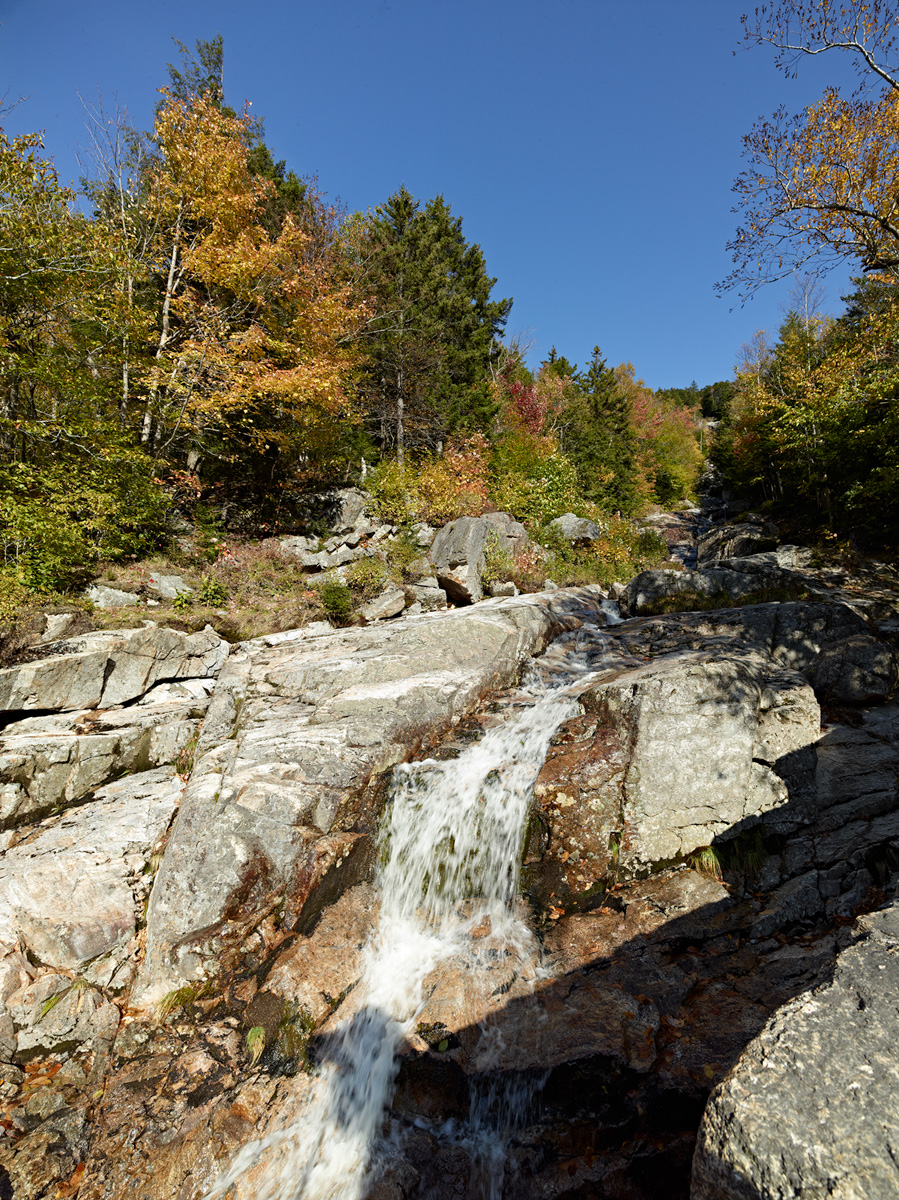Ditto on Jack's comments. Having owned both the HR32 and SK35, they are comparable without shifts. The SK35 is MUCH software with extreme shifts than the HR32. That said, I rarely have problems with flare with either one of these lens. Distortion is a little more with the HR32 but neither should be considered extreme. While I haven't tested it, IMO they don't seem to have as much distortion as 645 mfg's glass for that matter. If you are shooting architecture or interiors you probably will have to correct with any wide angle glass.
The HR23 has serious problems with flare when using the center filter primarily due to the fact that the center filter is MUCH closer to the front of the lens than the SK35 CF. Basically it reflects the color of the sensor reflecting back off the CF which is difficult but not impossible to correct in post. The CF on the SK35 is almost an inch farther away from the front of the lens but almost any filter on the SK35 CF darkens the corners. Remove the center filter and the problems go away. I don't know if the CF could be coated to reduce the flare but I would be tempted to try it if I could find a source. Regardless, I would still use the HR23 because it gives me a dramatic FOV in certain circumstances.
Just my experience, but the HR23 is basically the same FOV as the HR32 shifted about 15mm in each direction. Shifting the HR32 that much in most cases results in softer edges than the HR23 so it is a nice fit even with the color cast problems in the center of the image.
A couple of my recent HR23 images. A little unsharp mask on the edges is able to recover any lens softness. The second image is slightly softer on extreme edges of the handrails but that was a DOF tradeoff more than lens softness. Camera was less than 18" away from the handrails on either side and I wanted the trees on the islands sharp enough to show detail in the evergreens. That said, photographers might notice but normal humans would not.











